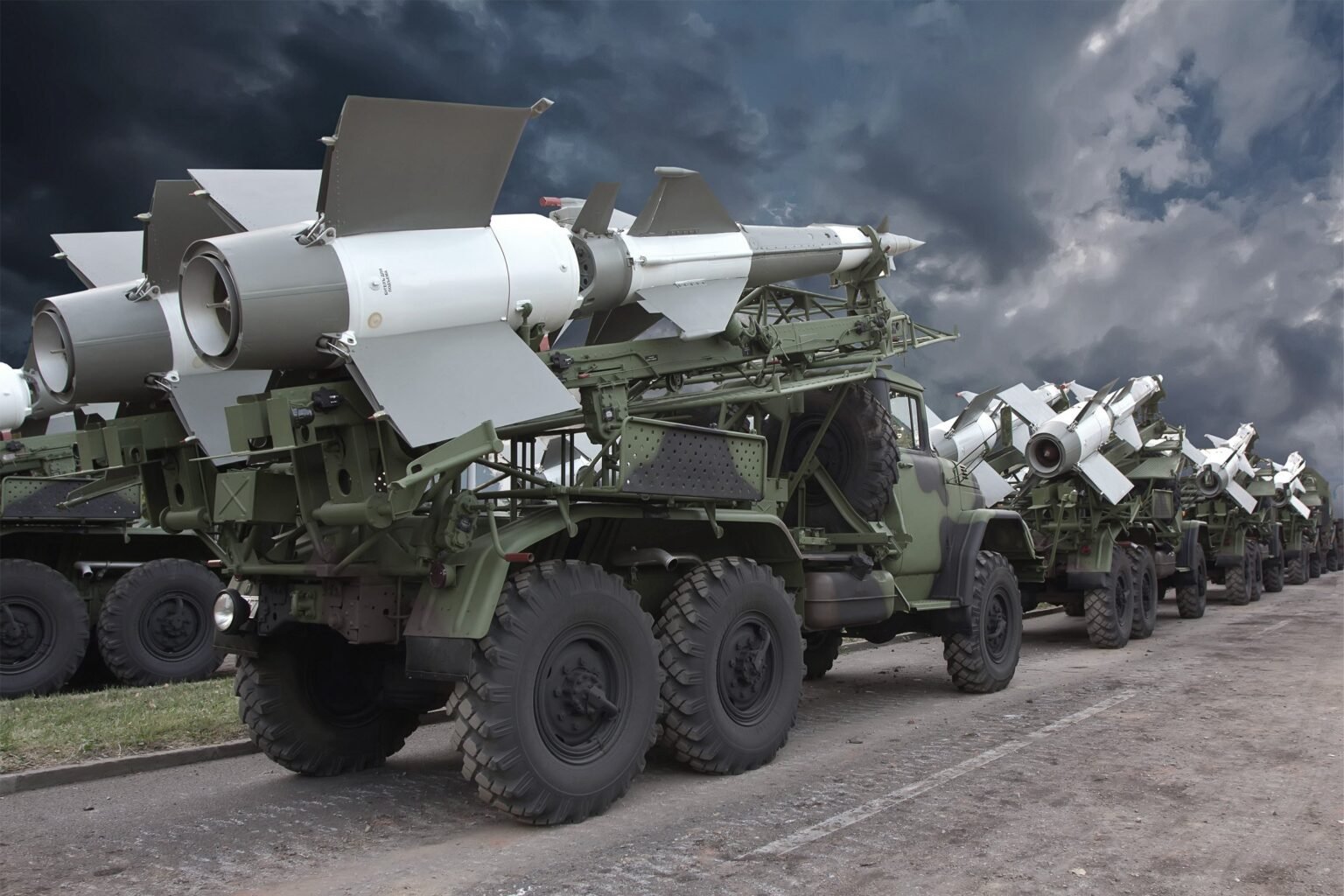—
This global risk forecast is accurate as of today, and reflects verified international developments, diplomatic trends, and military activity.
—
**WWIII Risk Meter**
Current Level: **Yellow**
Tensions remain high due to ongoing conflicts in Ukraine, Taiwan, and the South China Sea, with military posturing increasing worldwide. Diplomatic channels are strained, and regional conflicts risk spilling over into broader confrontations. However, active diplomacy and nuclear deterrence prevent escalation to Red at this time.
**Estimated WWIII Onset Window**
November 2025 – February 2026 (Probability: 15%)
This window reflects the period when accumulated geopolitical tensions and recent flashpoints could potentially trigger a large-scale conflict if certain trigger events occur.
**Escalation Curve**
– June 2025: 0%
– September 2025: 4%
– December 2025: 9%
– March 2026: 15%
– June 2026: 22%
The curve suggests a gradual increase in risk, with the highest probability aligning with the upcoming winter months when geopolitical and environmental stresses intensify.
**Trigger Events**
– **Sudden Escalation in Taiwan Strait**
Region: East Asia
Pathway: Increased military drills and accidental clashes could provoke China and the U.S. to escalate, potentially triggering regional conflict that may spread. Estimated risk increase: +5%
– **Collapse of a Major Middle Eastern Peace Accord**
Region: Middle East
Pathway: Renewed hostilities between Israel and Iran, coupled with regional alliances, could escalate into a broader Middle Eastern war, risking spillover into global alliances. Estimated risk increase: +4%
– **Cyberattack on NATO Infrastructure**
Region: NATO Countries
Pathway: A large-scale cyberattack could precipitate military responses, especially if linked to state actors, escalating into open conflict. Estimated risk increase: +3%
– **Depletion of Critical Water Resources in South Asia**
Region: South Asia
Pathway: Severe water shortages could ignite border disputes between India and Pakistan, with potential expansion into regional conflict. Estimated risk increase: +2%
– **Nuclear Tensions Rising in North Korea and Iran**
Region: East Asia & Middle East
Pathway: Accelerating nuclear proliferation and testing could trigger preemptive military actions, raising global instability. Estimated risk increase: +1%
**Geopolitical and Economic Forecast**
Diplomatic negotiations are fragile, with rising military spending in NATO, China, and Russia. The US is increasing its Indo-Pacific presence, while economic instability persists globally due to inflation and supply chain disruptions. Sanctions against Russia and Iran remain contentious, and regional alliances such as NATO and the Shanghai Cooperation Organization (SCO) are on heightened alert. The global economy shows signs of slowdown, with GDP contractions in key markets, which could exacerbate conflicts driven by resource scarcity.
**Mystic Signal Synthesis**
– The “fire at the center” suggests a brewing conflict that will ignite unexpectedly.
– “The shifting sands” symbolize geopolitical instability and rapid alliance changes.
– “The darkening horizon” indicates environmental crises worsening in conflict zones.
– “The rising storm” reflects growing military tensions and cyber warfare threats.
– “The fractured mirror” symbolizes fractured international cooperation, hinting at a coming global fracture.
**Environmental Resilience Overlay**
Regions experiencing severe droughts, such as parts of Africa, the Middle East, and South Asia, are at increased risk of conflict over water and food resources. Climate-driven disasters in Central America and Southeast Asia could destabilize governments and trigger refugee crises, adding pressure to conflict zones. Melting Arctic ice is opening new strategic waterways, intensifying competition among global powers.
**Location Safety Index**
1. **New Zealand** – Isolated geography, stable governance, and abundant natural resources make it highly resilient.
2. **Iceland** – Geographically remote with low conflict risk and renewable energy resources.
3. **Switzerland** – Neutral stance, strong infrastructure, and political stability.
4. **Canada** – Large landmass, resource abundance, and peaceful international relations.
5. **Costa Rica** – Political stability, renewable energy, and absence of military conflicts.
**Global Stability Signals**
– Increased military budgets in NATO and Asia-Pacific nations.
– Rising refugee flows from conflict zones into neighboring countries.
– Cyber espionage and sabotage incidents on critical infrastructure.
– Fragmentation of international agreements, especially climate and arms treaties.
– Deterioration of diplomatic relations between major powers, with frequent summits ending in deadlock.
**Historical Normalization**
Today’s environment mirrors pre-World War I tensions in alliance formation, militarization, and economic interdependence. The rise of nationalism and protectionism echoes the prelude to global conflicts. The nuclear deterrence, however, remains a key stabilizer, much like the Cold War era’s mutually assured destruction doctrine. Unlike the rapid mobilizations of the early 20th century, contemporary conflicts tend to be more prolonged and hybrid, blending conventional, cyber, and informational warfare.
**Final Summary**
The probability of WWIII occurring within the next 12 months remains moderate at approximately 15%, with East Asia, the Middle East, and South Asia as the most at-risk regions. While high-level diplomacy and nuclear deterrence currently serve as stabilizers, escalating military tensions, environmental crises, and cyber threats could trigger unforeseen cascade effects. Continued vigilance, diplomacy, and strategic resilience are essential to prevent a downward spiral into global conflict.
—
**Sources and References**
– Reuters – “Middle East tension increases oil volatility” – June 2025
– NATO – “Eastern Front Updates” – May 2025
– SIPRI – “Global Military Spending” – 2025 Annual Report
– UNHCR – “Refugee Movements and Climate Displacement” – 2025 Report
– Bloomberg – “Global Economic Outlook and Inflation Trends” – June 2025
– IISS – “Military Balance 2025” – 2025 Edition
– BBC – “Cybersecurity Threats and NATO Responses” – April 2025
– Chatham House – “Geopolitical Risks in the Arctic” – 2025 Analysis
– WHO – “Environmental Health and Climate Change” – 2025 Data
—
This global risk forecast is accurate as of today, and reflects verified international developments, diplomatic trends, and military activity.
End Forecast.




